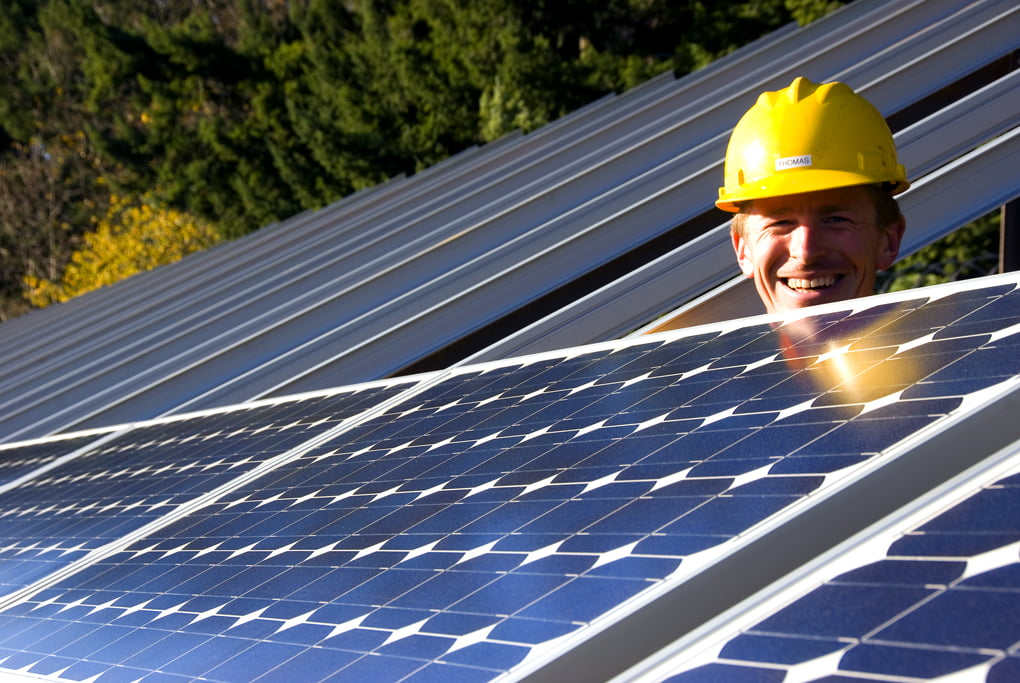Coal is on the way out. Clean energy is surging.
A recent report by the International Energy Agency revised upward the potential for growth in renewables, and found that sustainable energy capacity now equalled that of coal. In other words, the IEA found that its previous estimates for how fast renewable energy would grow we’re too slow. Countries are bringing sustainable sources of electricity like wind turbines and solar panels online faster than the international agency expected.
That upward revision speaks to the fact that, since the IEA released its initial report, countries around the world have shown a growing appetite for clean energy. For instance, the report found that half a million solar panels were installed around the world every day in 2015. In China, two wind turbines went online every hour.


The authors of the paper chalk this momentum up to improvements in technology, more competition among companies, and support from key governments. Not all of these governments were interested solely in dealing with the threat of climate change; in Asia, the transition away from coal and toward cleaner fuels is partially driven by a desire to tackle air pollution and smog.
The IEA’s conclusions were echoed last week in a report from a private sector actor, BP, which also upped its estimate of how much growth we’d see among renewables in the near future.
This is all good news in a world where nationalist sentiment is threatening the limited progress made in recent years to address climate change.
The bad news is that these reports’ predictions are far from enough to put the world on course for the climate targets the UN is aiming for. First, as Paul McDivitt writes for Ensia, the IEA’s findings, while important, come with key caveats. Though the report found that capacity to generate energy from renewables is now greater than capacity to generate energy from coal, capacity is not the same as generation. Importantly, while coal plants can run 24 hours a day, solar panels and wind turbines are dependent on the sun shining or the wind blowing. At the moment, policymakers continue to see fossil fuel plants as more reliable, and lean on them to produce an energy base load. Improvements in battery technology in coming years could change that, but hasn’t yet.
The IEA’s report also includes hydropower and biomass among its renewables, though these fuels are less likely than wind and solar to contribute to climate change mitigation in the years ahead.
BP’s report, while predicting that the use of renewable energy would continue to grow, also predicted that demand for oil and gas would grow for another 20 years — a tacit admission that the Paris Agreement will not realize its goals. US’s politicians’ rhetoric supporting fossil fuels may also slow energy companies’ transition away from fossil fuels, and give investors in company such as BP more enthusiasm for their core product.
In sum, these reports paint a mixed picture of where renewable energy stands as an important player, the US, prepares to abandon global climate efforts. Renewables are growing quickly, and are poised to surpass dirty energy like coal — but, in terms of day-to-day generation, have not yet done so. Furthermore, this growth was, in recent years, fueled by government support, including US government support. In America, that may disappear — though it’s current unclear if Trump and the Republican Congress plan to favor coal over renewables, or support an “all of the above” agenda. At the same time that the US may cool on renewables, other countries, including China and India, are pushing even harder to bring renewables online, in part driven by an effort to clean the air in their notoriously smoggy cities.
Crucially, renewable energy is not growing fast enough to allow the world to stay within the 2-degree threshold that the Paris Agreement called for. If the world continues on its current pathway, we’re on track for 4.5 degrees Celsius (8.1 degrees Fahrenheit) of warming.
